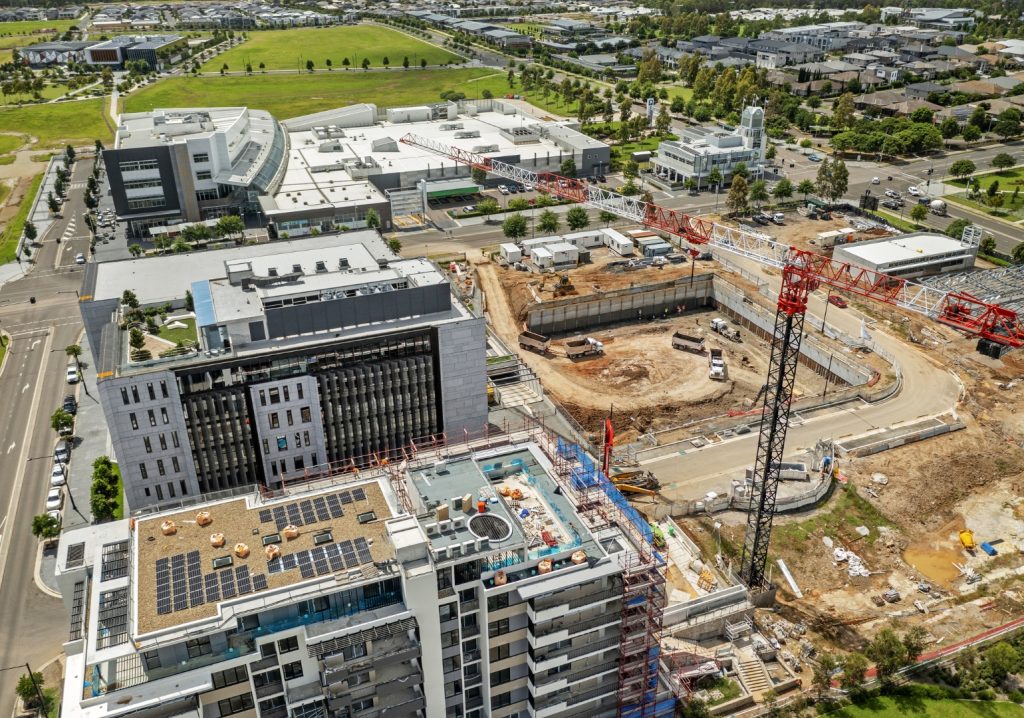When it comes to climate change, engineers sit at the nexus of theory and practice. Being critical to facilitating Australia’s decarbonisation journey, it is essential they are equipped to measure, understand and mitigate embedded carbon costs.
This article was originally published in the August 2024 issue of create with the headline ‘Measuring up: Low-carbon fundamentals’.

“The huge international effort going into the categorising and accounting of carbon emissions has created a daunting complexity,” said Nolan Bear FIEAust EngExec CPEng, Past Chair of the Australian Cost Engineering Society (ACES).
This led to the establishment of the Carbon Measurement Working Group, a member-led initiative of Engineers Australia, with the aim of educating engineers on the principles that underlie all embodied carbon measurement. Bear hopes the work of this group can bring consistency and rigour to the Australian engineering community.
It’s essential that engineers use common methodology and consistent definitions when making their measurements.
“Classification of emissions will allow for essential comparisons between projects and companies,” Bear explained. “But if the fundamental estimates of carbon emissions are unreliable, then the credibility of this reporting will be challenged both locally and globally.”

Climate-smart
The Carbon Measurement Working Group is just one group sitting under the Climate Smart Engineering (CSE) banner.
There are many member groups under CSE, all working towards developing practical tools and guidance across a range of critical climate-related issues.
“This is the real, tangible work going into decarbonisation,” said Damian Ogden CompIEAust, Group Executive, Policy and Public Affairs at Engineers Australia. “This is where we see members leading the conversation on these important issues, rolling up their sleeves to get the work done.”
Influence
As prominent influencers in the selection, design and implementation of projects, engineers identify interdependencies, synergies and relationships between elements of products and projects. They engage across all creative disciplines and all sectors of society, making them ideally placed to identify carbon reduction opportunities and risks.
“Engineers already have the technical basis to identify the carbon emissions of what they plan and build, and this guideline identifies the common elements to all carbon estimates,” Bear said.
Though not all engineers need to be fully versed in all the complexities of carbon accounting, they must understand fundamentals to support carbon assessments, evaluate results, and inform project and operational decision-making.
Timing
Simon Koger, Climate Change Manager at Engineers Australia and convenor of the working group, pointed to the timeliness of the release of this guide.
“With the introduction of mandatory climate-related financial disclosures from 1 January 2025, this guide is designed to help prepare engineers for that,” he said. “But it’s also pitched at a level where a range of other professions such as development managers or project managers can pick it up and gain insight into how to respond to the new requirements.”
Read the full Carbon Measurement Fundamentals for Engineers.
